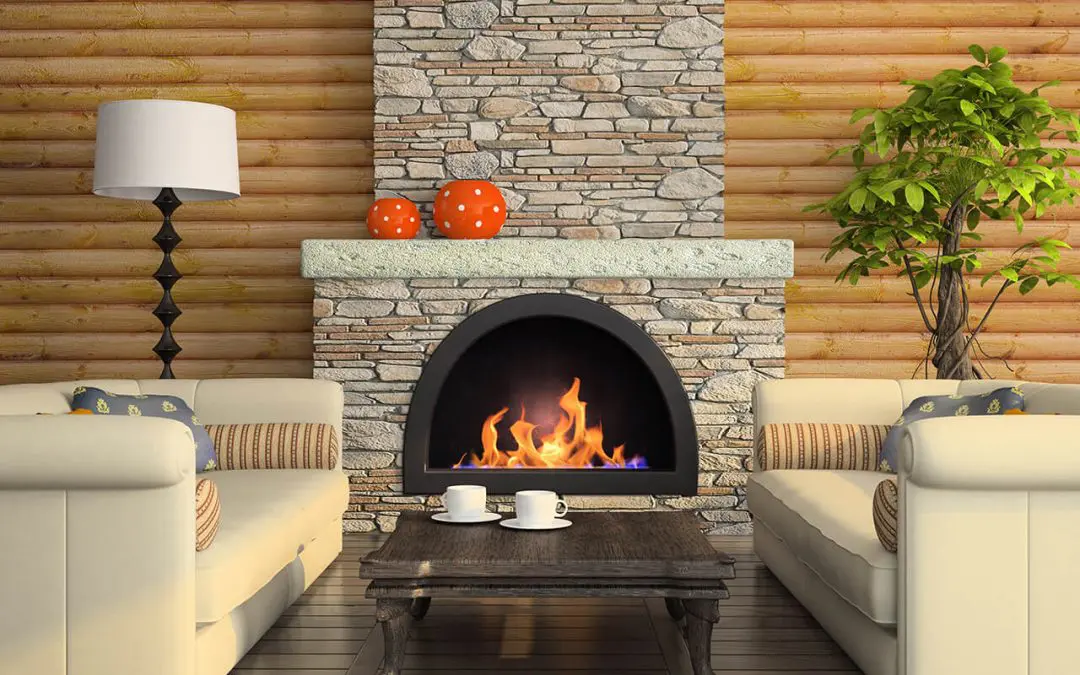Hire a Chimney Sweep to Prepare Your Fireplace
Soot, creosote, and debris accumulate in the chimney when you use your fireplace. This buildup can ignite and spark a chimney fire. Experts recommend sweeping the chimney at least once a year in the early fall. Hire a professional to safely clean the chimney before you build your first fire this year.
Inspect the Chimney
Prepare your fireplace by having your chimney inspected after the sweep. The inspector will check for loose bricks, cracks, and missing mortar. Ask them to also inspect your chimney liners for cracks and deterioration. Hire a professional mason to repair any damages found and keep your chimney safe.
Check the Damper and Chimney Cap
Make sure the fireplace damper is in good working condition. Remove any debris preventing the damper from opening and closing easily. Inspect the chimney cap to verify that it is in great condition and firmly attached. Invest in protective screening to reinforce the cap and keep pests from gaining access to the chimney.
Prepare to Use Your Fireplace, Trim Limbs and Branches
To get your fireplace ready, prune tree branches and limbs that are overhanging the house or too close to the chimney. Tree limbs that come into contact with the chimney can damage the cap and catch fire when the fireplace is in use, and they can cause damage to your roof as well.
Dispose of Ashes
Clean ashes out of the fireplace at least once a week, making sure that they are never more than an inch deep. Before taking out the ashes, allow them to cool completely and dispose of them in a metal bucket or the compost.
Stock up on Quality Firewood
Purchase good-quality firewood and store it in a dry area. Stock hardwoods such as birch or oak that burn longer and hotter than softwoods, such as pine. Another option is to invest in specially made fireplace logs. Don’t burn painted or treated wood and don’t use trash, like newspapers or cardboard boxes, as fuel in your fireplace.
When you take the necessary steps to prepare your fireplace for use, you’ll protect your home from fire hazards and be ready for colder weather.
Prudent Home Inspections provides home inspection services to the Washington DC metro area. Contact us to schedule an appointment.
